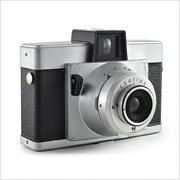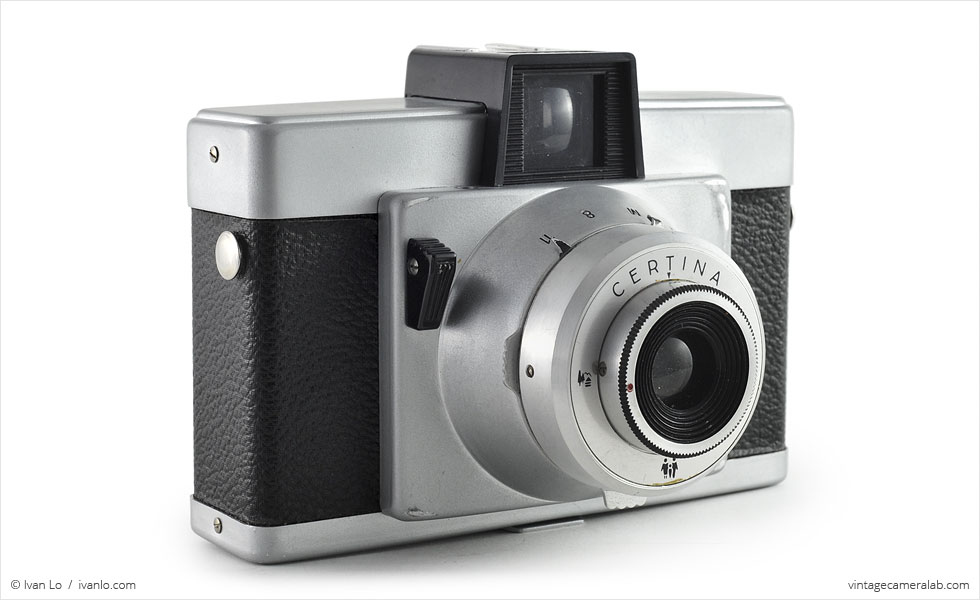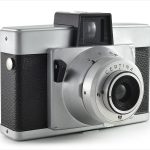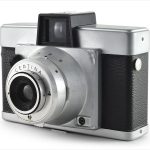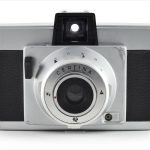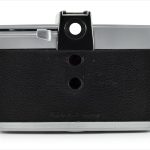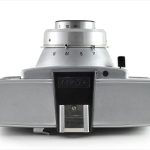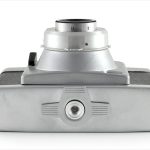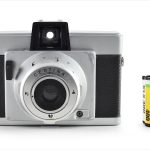Certo Certina Specifications
| Manufacturer: | Certo-Kamera-Werk |
| Origin: | East Germany |
| (modern day Germany) | |
| Made in: | Dresden, East Germany |
| (modern day Germany) | |
| Introduced: | 1966 |
| Type: | Viewfinder |
| Format: | 120 Film |
| Dimensions: | 13 x 9.5 x 7.8 cm |
Certo Certina Overview
The Certo Certina (also sold by German retail giant Foto-Quelle as the Revue Junior) is a simple, fixed-lens medium format viewfinder camera introduced by Dresden-based Certo-Kamera-Werk in 1966. The Certina is heavily based on the Certo-phot of 1958 with the notable addition of a left-handed frame advance lever.
The Certina’s controls and features are mainly found on and around the lens barrel. The ring immediately surrounding the front element is used for focus either with distance markings (in meters) or by the zone focusing icons found printed on the lens barrel. Going towards the back of the camera are two thin metal rings stacked on top of one another. The ring on top is controlled by a tab at six o’clock and is used to choose between the two shutter speeds: “M” for “Moment” (approximately 1/60) and “B” for Bulb. The ring underneath has two identical metal tabs that extend at three and nine o’clock and is used to select the aperture setting (f/8 or f/11). A flash sync socket is located at five o’clock just off the lens barrel while a black shutter button can be found at ten. A threaded shutter release cable socket can be found adjacent to the viewfinder which has a cold shoe on top of it.
The back of the camera is pretty sparse with only a frame advance lever next to the viewfinder and two red windows for 4×4 (with the aid) and 6×6 frames. The removable back of the camera is held on via a rotating latch which surrounds the tripod socket on the camera’s bottom plate.
In my experience, the vast majority of German cameras are of relatively high build quality regardless of price and the Certina is no exception. My example (which I purchased alongside a Certo-phot from a gentleman in Dresden via eBay auction) still functions flawlessly and would be in perfect cosmetic condition if it weren’t for a few blemishes on the metal.
Find your very own Certo Certina on eBay.
McKeown, James M. and Joan C. McKeown’s Price Guide to Antique and Classic Cameras, 2001-2002. (Grantsburg, WI, USA: Centennial Photo Service, 2001), p 140.
